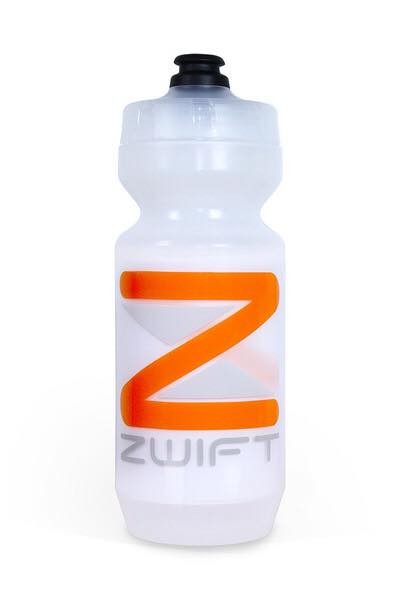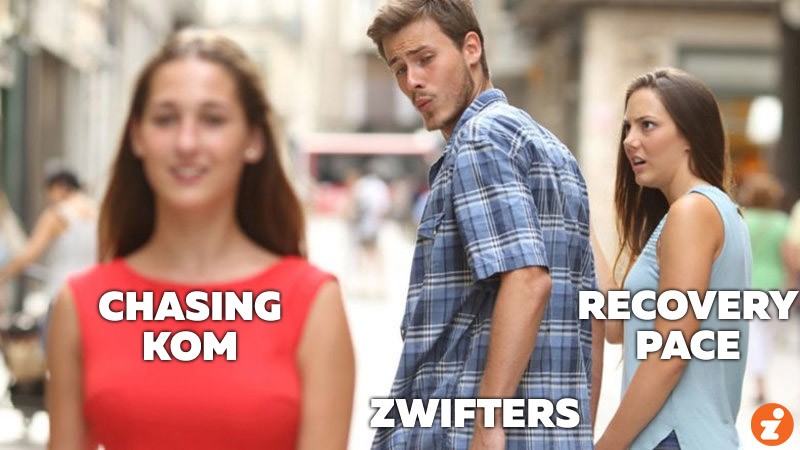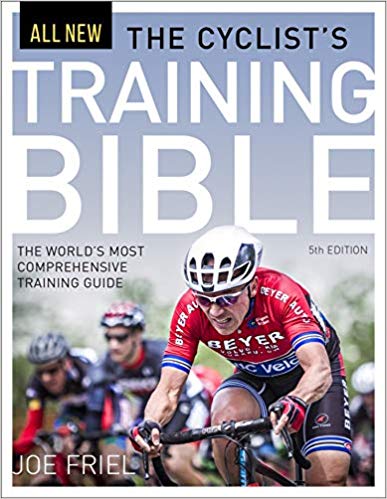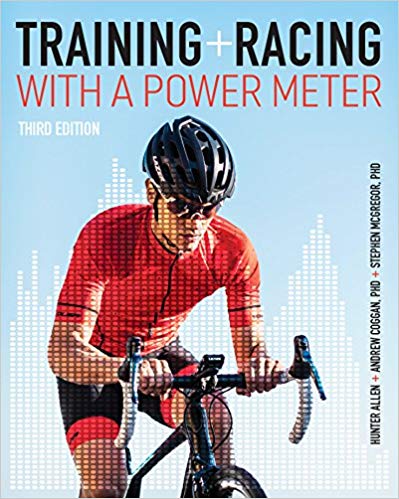#1: No Easy Days
Simply put, you want to make your hard days hard, and your easy days easy.
Zwift can be addicting, that’s for sure. And it’s a healthy addiction to have… until it’s not! (I know this from personal experience–I hit Zwift hard in my first 3 months before I noticed my power numbers dropping in races. Taking a week off helped me get back on my feet.)
Be sure to give your body time to recover between hard rides; otherwise your training efforts will become mediocre and thus less effective. And if you keep pushing long enough, you’ll overtrain and be forced to take extended time off! Remember: you don’t get stronger during the workout. You get stronger during the recovery.
If your riding schedule includes racing on Zwift, consider racing no more than three times per week, with recovery rides, days off, and lighter training in between. And even if your training load is more steady (with few “race day efforts”) taking a day or two for recovery per week is smart.
Lastly, taking an “easy week” every ~4 weeks is a common practice in many structured programs.
#2: Miscalibrated Power
Serious Zwift training requires the use of a power meter. On Zwift you can get accurate power numbers by using a standard power meter or a smart trainer which calculates your power output. Either way, make sure your power meter or smart trainer is calibrated properly so your power numbers are accurate!
Even something as small as calibrating with a cold tire can make a difference of 20-30w, which can mess up your training intervals and reduce the effectiveness of your workouts.
Tacx Vortex or other wheel-on users: check out the “Calibrating your Tacx Vortex Smart” page.
#3: Not Replacing Your Sweat

You typically sweat more on indoor rides than outdoor due to reduced air movement and increased effort (which reminds me: get a fan). That pool of sweat beneath your bike and that condensation on your windows is all fluid from your body that you need to replace before bad things happen.
So make sure you drink plenty of water–but not just water. Make sure whatever you drink also replaces the electrolytes you’re losing.
How much you need to drink depends on your physiology and effort level, but 25-45 ounces per hour is a typical range.
Here are a few popular electrolyte drink mixes for cyclists:
#4: Skipping Your Warmup or Cooldown
It is tempting to hop on the trainer and go hard, then hop off once you’re done. But a proper warmup helps your body prepare for a solid effort, and a nice cooldown is the first step towards recovering from the ride you just finished. So don’t skip either of these portions of your workout!
Warmups and cooldowns should last at least 5 minutes, but 10-20 minutes or more may work even better for you.
Get tips for pre-race warmups on Zwift >
#5: Junk Miles
If you are truly wanting to train on Zwift, and not just ride for pleasure, you need to go into each ride with a plan. Otherwise, you risk riding too hard (or not hard enough) or too long (or not long enough). When your miles aren’t doing anything to help meet your fitness goals they are just junk miles.
When you have a training plan in place, each ride you take is done with a specific goal in mind: building sprint power, increasing aerobic endurance, recovering, etc. If you have a hard time avoiding junk miles, consider jumping into one of Zwift’s training plans, or paying a coach to plan your training.
New to training and want a good resource? Look no further than these two books:
What About You?
Which training mistake(s) above do you tend to make? Did we miss any other big ones? Comment below!


